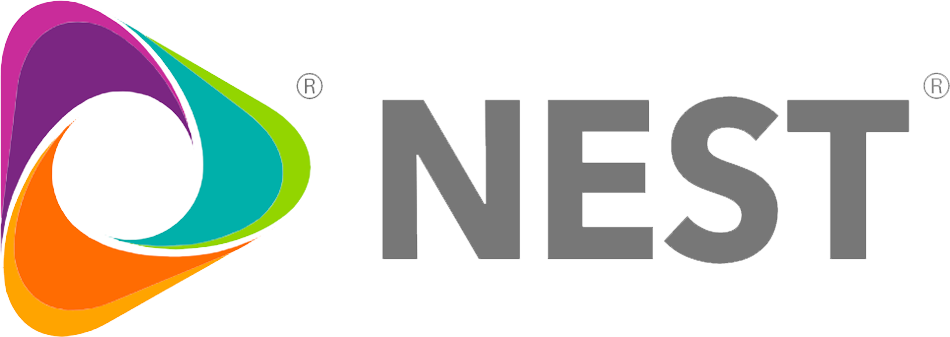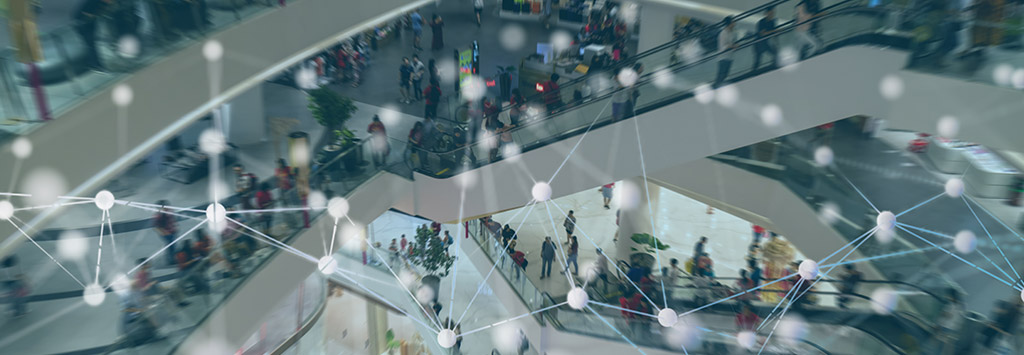This article originally appeared on Forbes.com
For the decade leading up to the pandemic, experts analyzed and feared a “retail apocalypse” due to the financial crisis and rapid changes in consumer behavior. Who could have predicted that a global health crisis lasting more than a year would create an environment where the retail industry would demonstrate its resilience through innovation and adaptation?
We learned a lot over the last year. Many companies that were well-positioned prior to the pandemic are in a place to thrive coming out of it. Once consumers felt safe to return, retailers with strong leadership and steady balance sheets were able to accelerate their businesses. As vaccines are administered and additional stimulus funds reach consumers’ hands, I believe that trend will only be amplified. Yes, there have been bankruptcies. But many of those organizations were already showing signs of weakness before the pandemic.
At NEST, we’ve seen firsthand how retailers have stepped up and played a role in keeping their customers and employees safe during the pandemic, helping to curb the spread of Covid-19. Our analytics team has been studying the janitorial work orders placed among specialty retailers, and the increase in orders runs parallel with the increase in coronavirus case numbers — in some circumstances, even ahead of the curve. This janitorial work was above and beyond cleanings that are part of a routine facilities management strategy. Further, innovative ideas like curbside pickup, new floorplans, accessible personal protective equipment (PPE) stations, novel delivery approaches and guided traffic patterns were quickly implemented and adopted.
For months, we’ve seen innovation through various tactics that are bringing incredible advancements in the areas of customer service, technology and the shopping experience. In a recent survey by ICSC, “73% of small retailers implemented a click-and-collect option,” and “88% of shopping centers are being used to fulfill online orders.”
The way I see it, those figures demonstrate that brick-and-mortar operators and many small businesses are now well-positioned to compete with large online retailers. At the same time, those with storefronts can offer the added value of a tangible shopping experience that some consumers clearly want. Even before vaccine distribution began, we saw our retail partners’ foot traffic return to pre-pandemic numbers.
To accelerate the positive trends, I believe there are a few key areas to watch:
1. Marketing And Brand Positioning: Throughout the pandemic, we’ve seen that loyalty matters. Marketers will need to find ways to strengthen that brand loyalty with their customers and motivate people to get back out to the stores. Companies will be challenged to find the appropriate tone and messaging to connect with consumers in the right way at the right time.
2. Don’t Go Backward: Before the pandemic, we saw some businesses look to cut in areas like janitorial services to balance out a down quarter. That can no longer happen. Retailers are smart to maintain the protocols they put into place over the last year.
3. Consistent Quality Throughout The Customer Experience: If a customer has a poor curbside pickup experience, they may be less likely to visit that store in person later on. The same goes for e-commerce and delivery. If your retail business introduced new distribution channels and shopping experiences, make sure all of them maintain a high standard.
To that point of quality customer experiences, we owe a lot of gratitude to those working in stores and in the field throughout the pandemic. These essential workers are crucial to the success of our society. Some retail employers adapted in different ways by transitioning to a work-from-home environment, and I was continuously impressed by the employees who, in many ways, increased productivity working remotely. I saw it firsthand at NEST. And as a result, our company is implementing flexible work schedules as part of our corporate strategy moving forward.
We’re not entirely out of this yet, but perhaps we are at the precipice of a “retail renaissance,” where ideation is met with strong leadership that results in a rapid pace of development and growth.
View more of Rob's articles on Forbes.com







